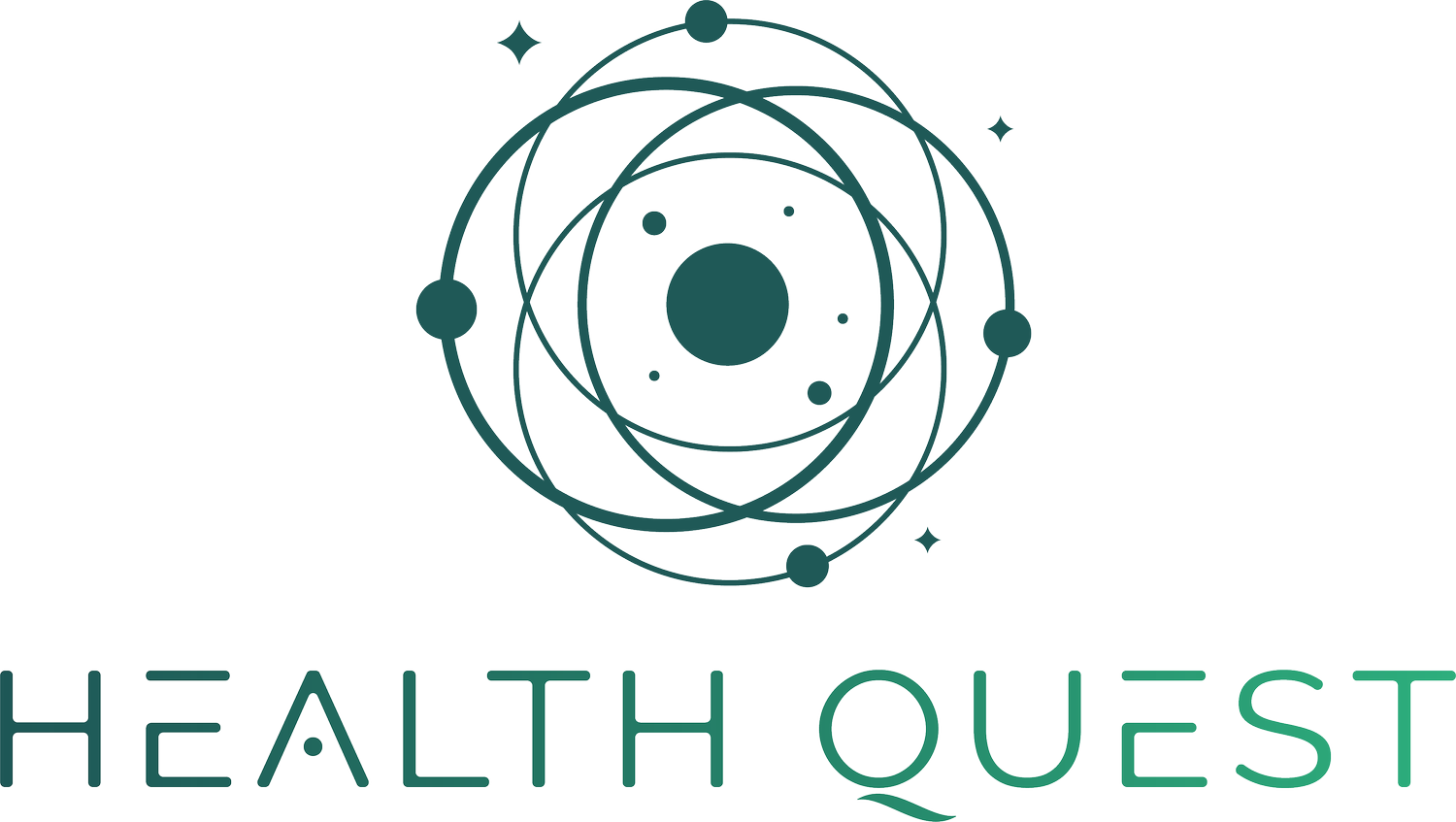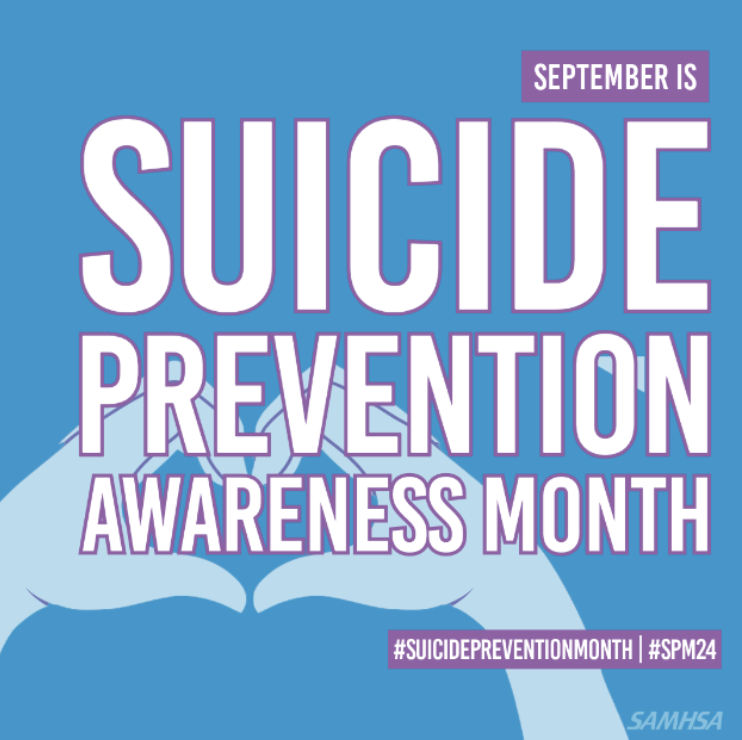September is National Suicide Prevention Month
September is National Suicide Prevention Month, a time dedicated to aknowledging the impact that suicide has had on individuals, families, and communities. This month (and throughout the year), we have an opportunity to instill hope, challenge stigma, and take meaningful action to prevent suicide.
Suicide is a leading cause of death and affects people of all ages, and is the second leading cause of death for young people ages 10-24. Although the rates of suicide are increasing in the United States, it’s not inevitable, and there is a lot we can do to educate ourselves and become better advocates for suicide prevention.
Know the Warning Signs:
Talking about or making plans for suicide
Expressing hopelessness about the future
Overwhelming emotional pain or feeling trapped in unbearable pain
Withdrawing from social connections or feeling isolated
Sleeping too little or too much
Increase in agitation, rage, irritability, anger, mood swings, or hostility
Behaving recklessly
Talking about being a burden to others
Talking about feeling hopeless or having no reason to live
Increased use of alcohol or drugs
Know How to Support Someone in Crisis:
If you or a loved one is experiencing these warning signs, call or text 988 to speak to a professional 24/7 about your concerns. This service is free and confidential. You can also chat at https://988lifeline.org/
Be willing to listen, allow and accept all feelings
Be direct. Ask about and talk openly about suicide
Be non-judgmental.
Be available, get involved, show interest and support
Don’t be sworn to secrecy, take action and seek support
Advocacy:
Digital tool kits available at SAMHSA and the NIMH with images, messages, and hashtags that you can use on social media to promote awareness of messages and hope
Share stories of hope and recovery
Join an event
During Suicide Prevention Month, we can all make a difference. Consider participating in local events, sharing informative resources, or simply engaging in conversations about mental health. Each action, no matter how small, contributes to a larger effort to prevent suicide and support those who are impacted by suicide.


